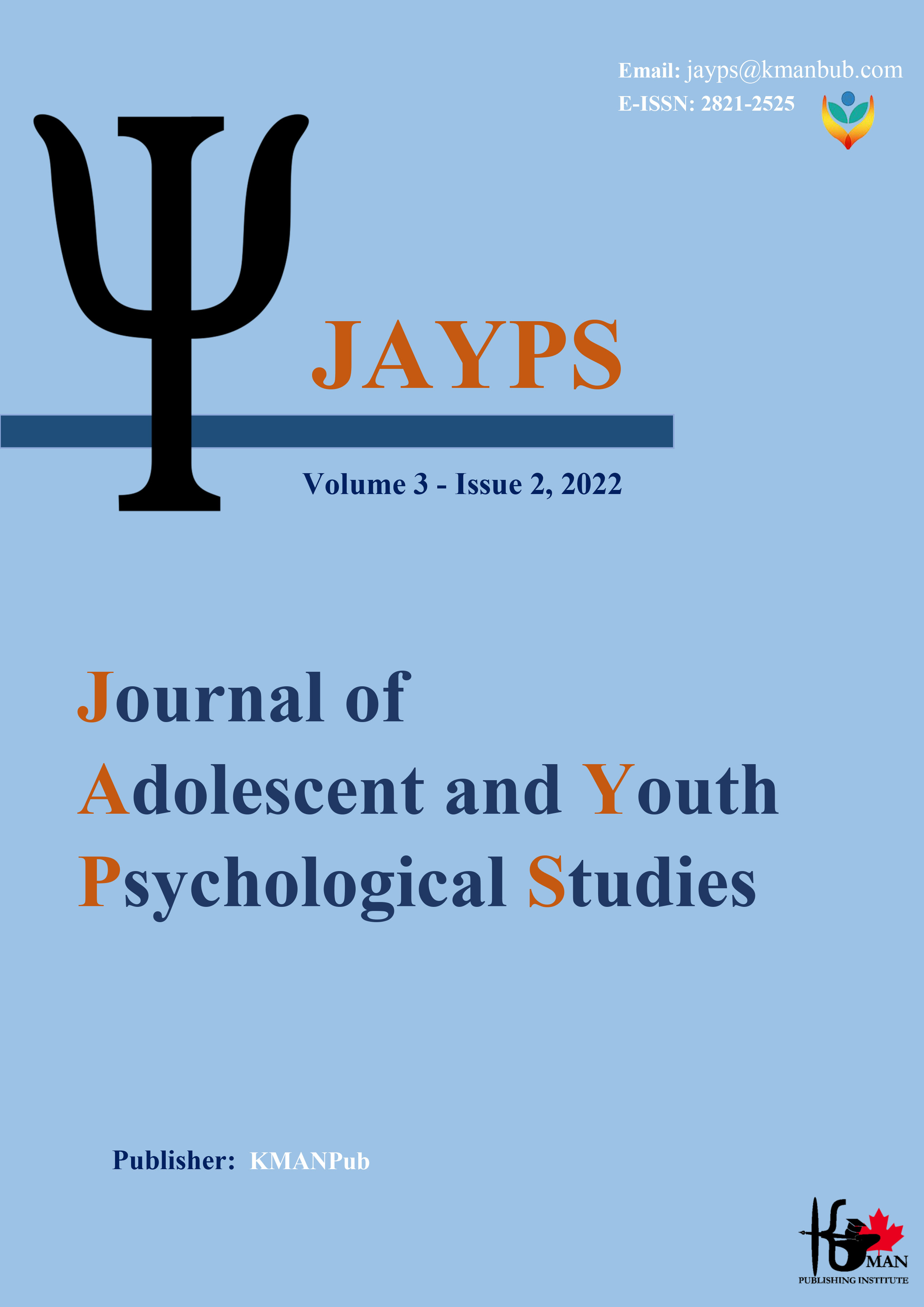Investigative factors affecting social anxiety based on the brain-behavior model: a qualitative study
Keywords:
social anxiety, brain-behavior model, qualitative studyAbstract
Background and Aim: Social anxiety disorder usually appears in childhood or early adolescence and often has long-term effects on several areas of a person's life, including school and education; Population-based studies have assessed the prevalence of social anxiety disorder among adolescents using clinical diagnostic interviews. This research was conducted with the aim of investigative the components of social anxiety based on the brain-behavior model. Method: The method of qualitative research was using the theme method with Etrid-Sterling approach. With the purposeful sampling method, by reviewing texts from reliable sources in the field of social anxiety based on brain-behavior models in the years 1960-2023, the desired information was collected with 39 articles until theoretical saturation. Then the obtained information was coded and classified. Results: In the first stage of coding, 112 basic themes were extracted from the texts. In the second stage, 22 organizing themes were abstracted based on the degree of validity of the obtained concepts. In the third stage, 3 themes including low sensitivity of behavioral activation, high sensitivity of behavioral inhibition and heightened reactive sensitivity of fight, flight and flop were identified as comprehensive themes related to the components of social anxiety based on the behavioral brain model. Validation of data was checked and confirmed using content validity and reliability of themes using the Holsti method. Conclusion: Based on the results of the research, the awareness of researchers and therapists about the components of social anxiety based on the brain-behavior model should be considered in the design and application of more effective treatments that activate the behavior of people with social anxiety.
Downloads
Downloads
Published
Issue
Section
License

This work is licensed under a Creative Commons Attribution-NonCommercial 4.0 International License.


























